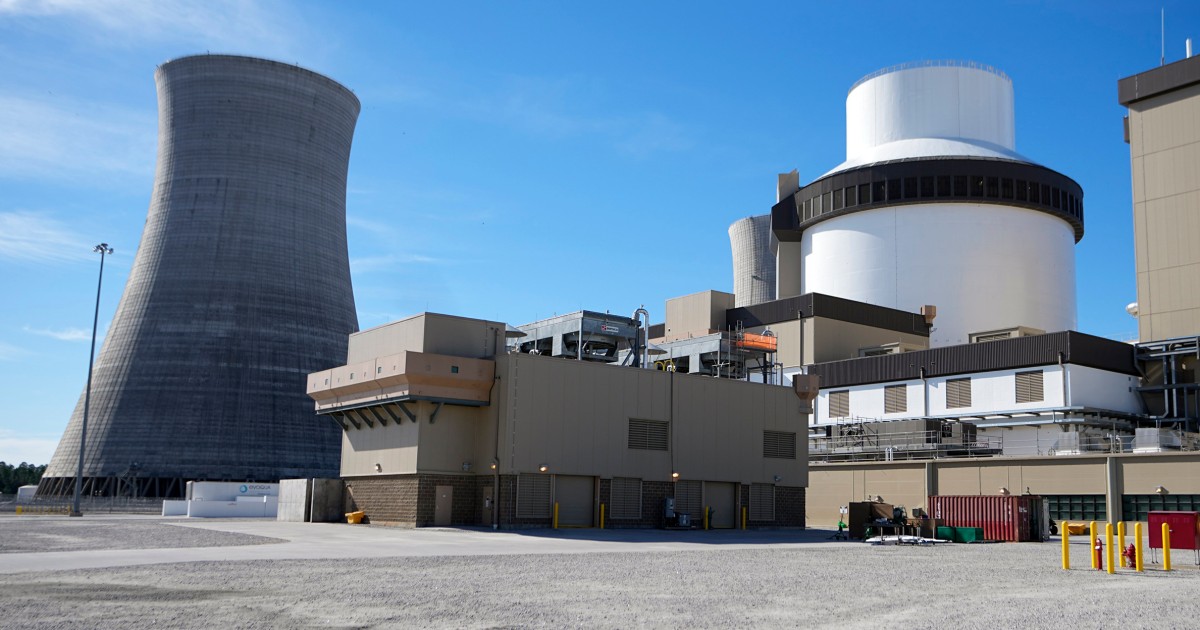First U.S. nuclear reactor built from scratch in decades enters commercial operation in Georgia::ATLANTA — A new reactor at a nuclear power plant in Georgia has entered commercial operation, becoming the first new American reactor built from scratch in decades.



France was able to output 2 reactors per year at 1,5 billion of euros per 1000MW for more than 2 decades during the 70’s to 90’s. The whole French nuclear industry has cost around 130-150 billions between 1960 and 2010, including researches, build and maintenance of France’s whole nuclear fleet.
A 1000MW reactor, at current French electricity price and for a 80% capacity factor, generates 1,4 billion of euros worth of electricity per year, for a minimum of 60 years.
Nuclear is not costly, and can absolutely compete by itself, if you don’t sabotage it and plan it right.
Except those reactors are off 30-50% of the time due to shoddy construction, €1.5/W in 2023 money is pure fiction, and overnight costs with free capital aren’t real costs once you adjust for inflation and stop cherry picking the first reactors before negative learning rates kicked in.
For French nuclear power, the lowest load factor ever recorded is 54% in 2022. The cause is the number of maintenance operations postponed because of COVID, plus a corrosion problem detected on several reactors of the same generation, which have since been repaired.
The rest of the time, the load factor of French nuclear power hovers around 70-75%, and that’s not due to bad design, it’s a strategy. I’ll let you read this link to learn more.
Of course it does. But the fact is that french nuclear power has paid for itself dozens of times over. It’s factual, it’s historical.
Go argue with the Cour des Comptes, not me
Yes it was a “strategy” for EDF to go tens of billions into debt, and the other 30-50% of french power infrastructure is there just for fun. These mental gymnastics are incredibly tiresome.
Responding to sarcastic, disrespectful and immature one-liners from someone obviously ignorant on the subject is neither exciting nor productive, so I’ll just throw out a few points in response to your last comment without bothering to expand on them and then move on.
I would be very interested to know why the trend has moved away from building reactors in time and within a reasonable budget. It seems that most projects after the turn of the millennium haven’t been cost effective.
Why did we manage to build reactors well before but not now?
Chernobyl and Fukushima. These two events, which between them account for a few thousand deaths at most (compared with the tens of thousands of deaths caused by coal in Europe alone, for example), triggered a panic fear of nuclear power.
For decades, the nuclear industry has been abandoned and sabotaged, with projects such as Phénix, Superphénix and Astrid in France, and virtually all new reactor projects, cancelled due to anti-nuclear opposition.
Competent nuclear engineers and technicians have retired without being able to pass on their know-how, and cutting-edge nuclear-related industries have disappeared or been converted.
We can also thank the Germans for sabotaging the EPR. We started the project together, they forced us to add a lot of totally unjustified redundancies and safety features that made the prototype very complex and therefore costly to build, and then they slammed the door on us.
This same fear has been enough to fund SLS and Ariane programs. Basically to avoid the loss of a capability in case it’s needed later on. For some reason it doesn’t seem to apply to nuclear. And now people are complaining that building new reactors is expensive, arguably at least partially due to the supply chains no longer existing in the same scale as before.